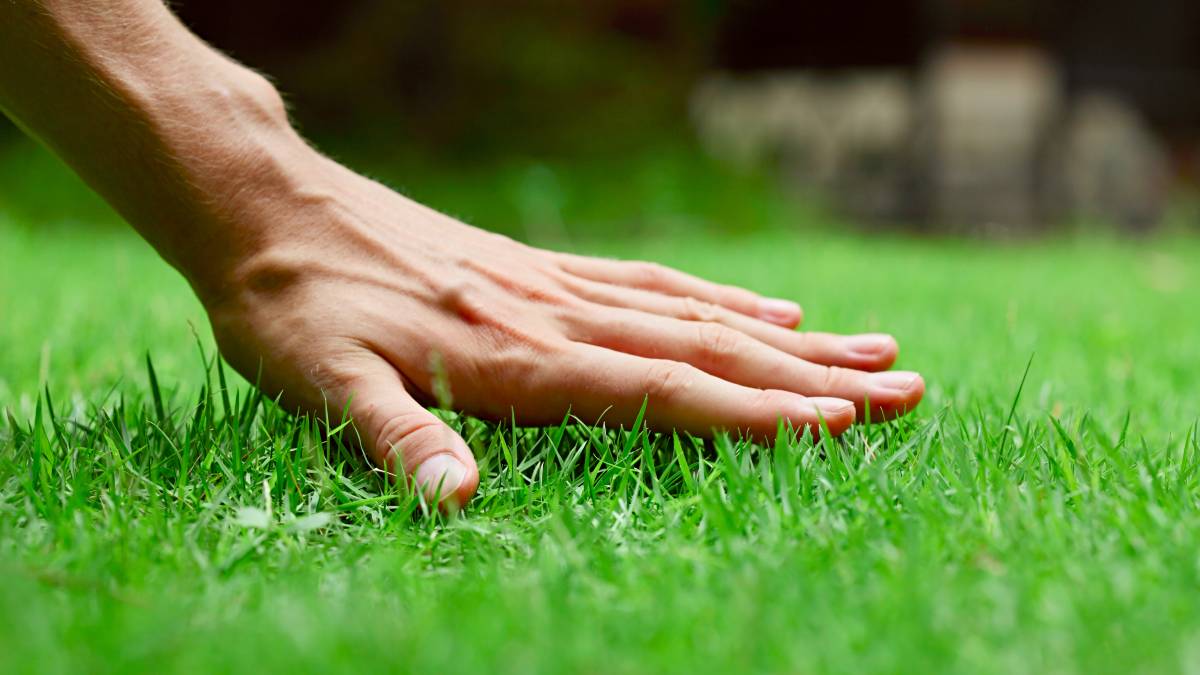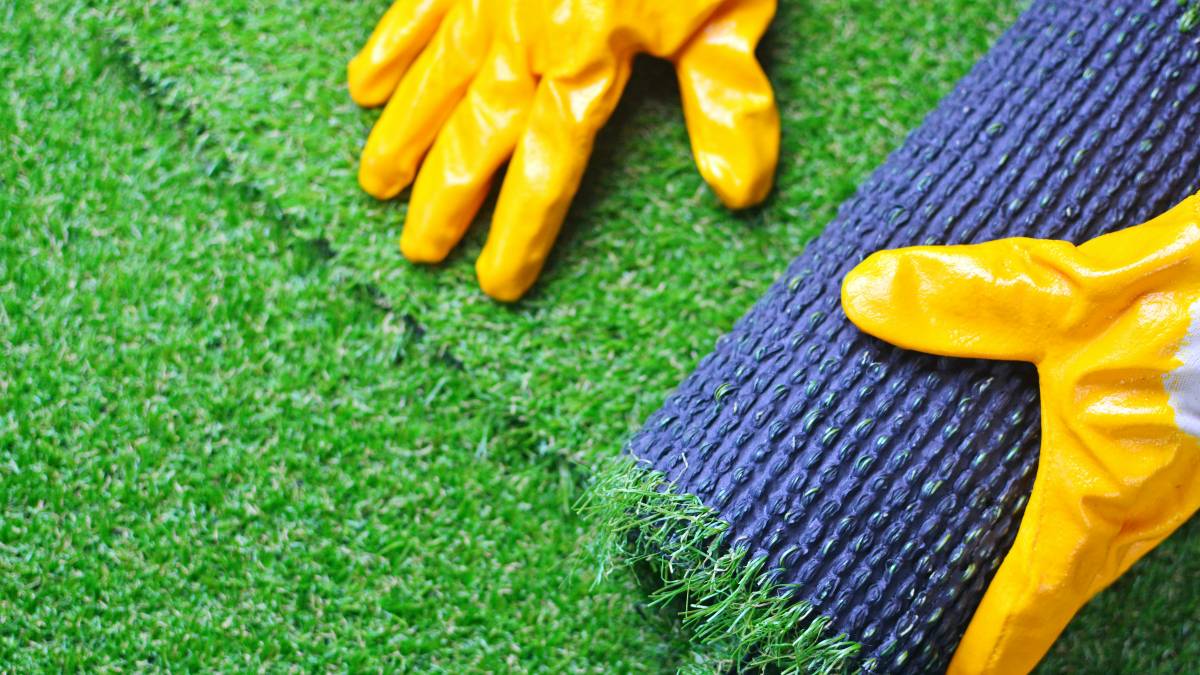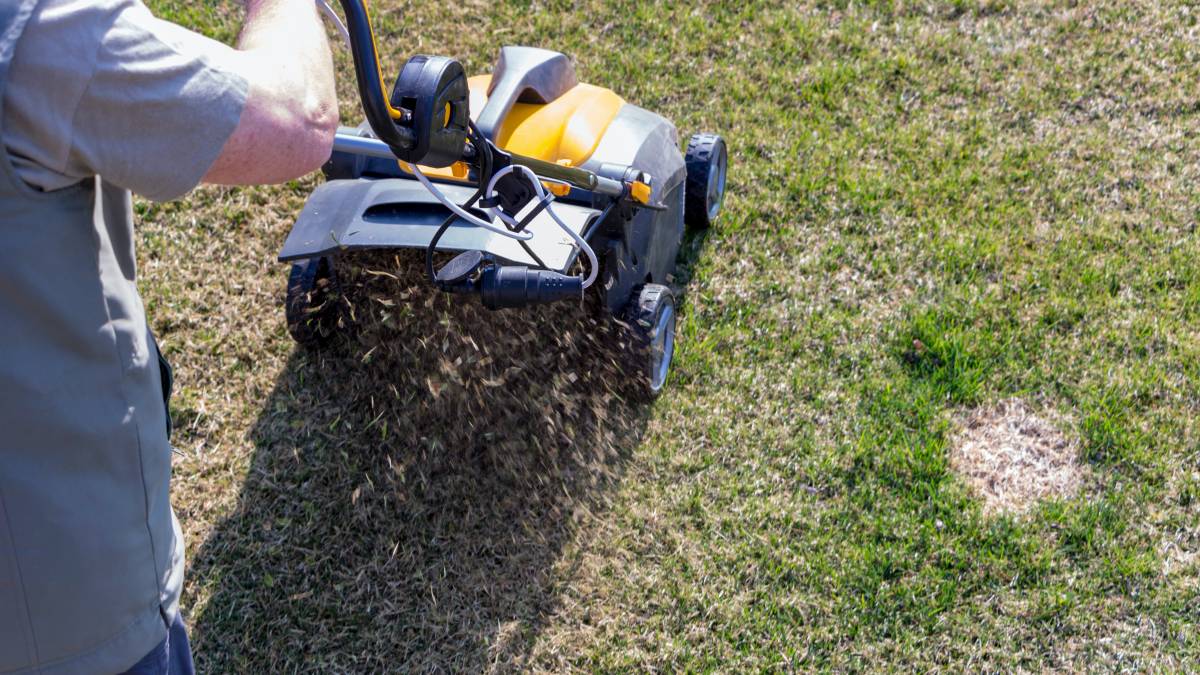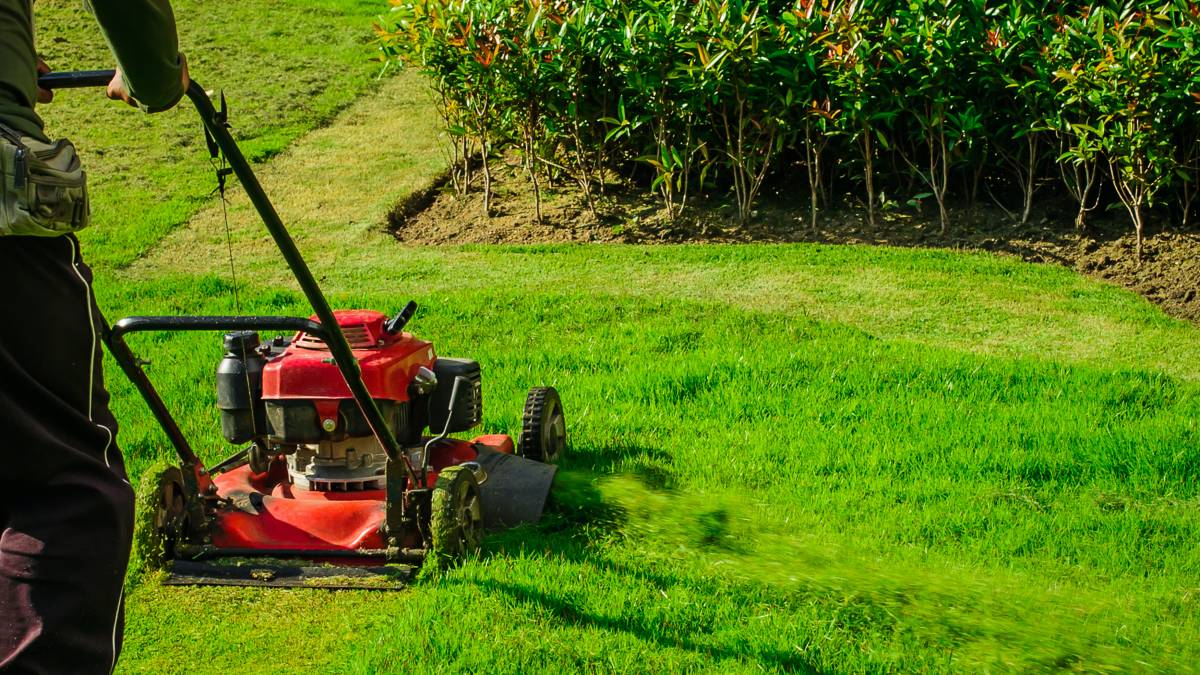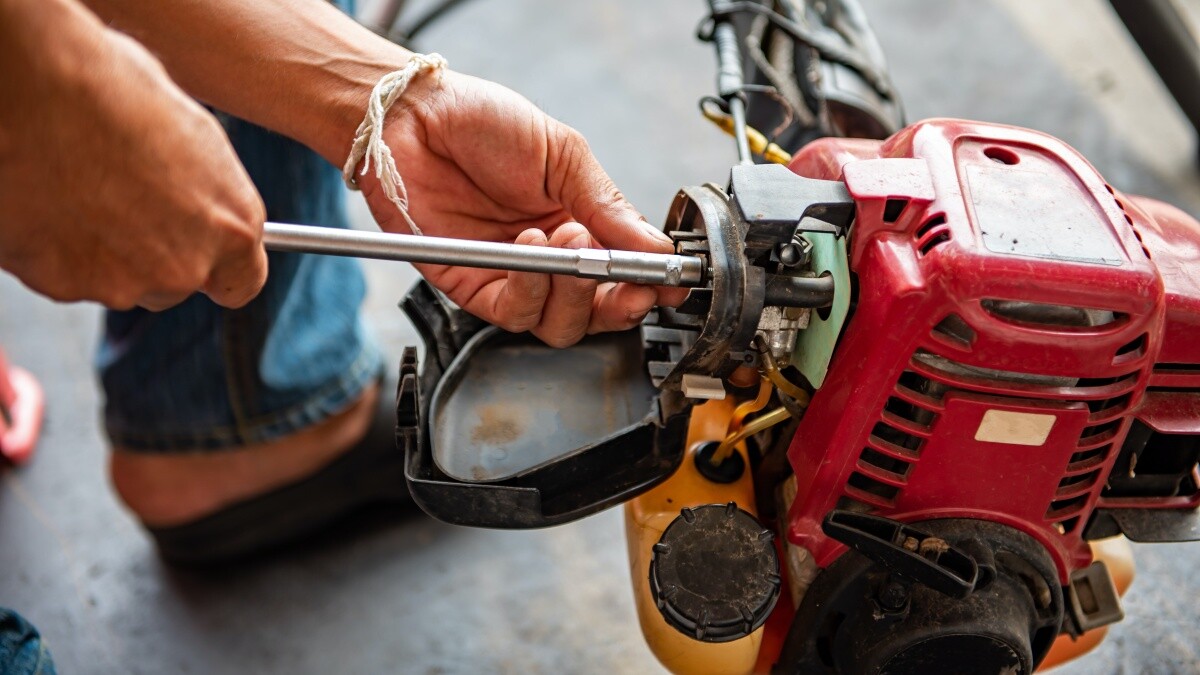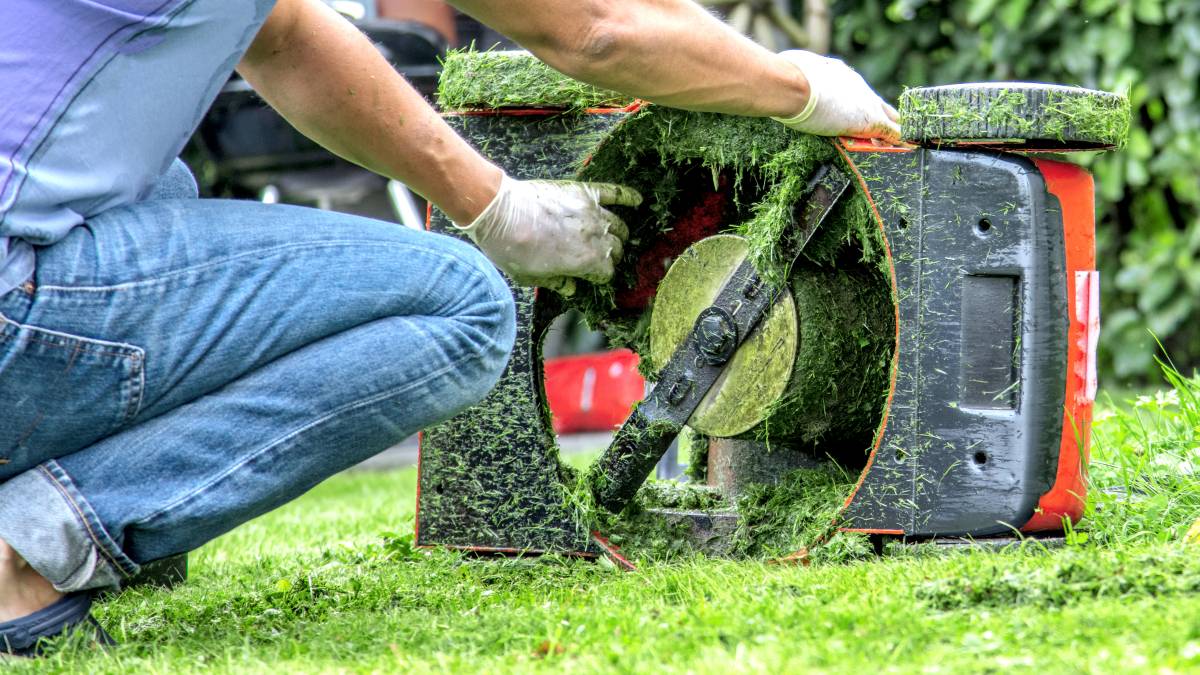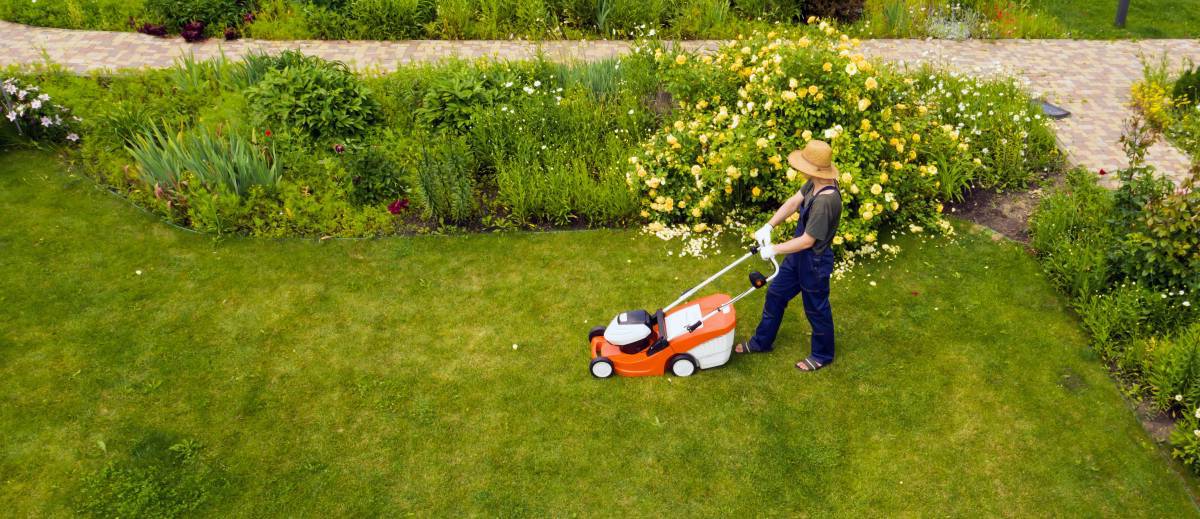
Lawn care calendar UK: Lawn maintenance tips for every season
Find a Lawn Care specialistLast Updated on
A lawn care calendar can help you understand what kind of lawn maintenance is required at specific times in the year. Understanding the answer to “What should I do to my lawn this month?” allows for proactive measures that keep your grass in a healthy state, no matter the weather.
Read on for a lawn care calendar UK residents can stick to for the best results.
Winter lawn care (January-February)
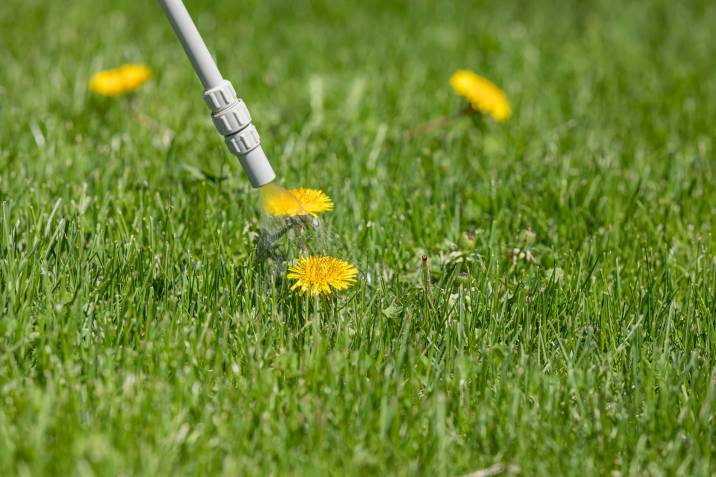
January is the quietest time in the garden, so you can focus on the other elements of setting up your year.
Avoid walking on your lawn. There will likely be some frost, and the ice and your footsteps can damage the grass, making it susceptible to diseases and issues.
Brush away debris or fallen leaves as things begin to warm up a touch.
Apply a lawn treatment, which will also help with any moss problems.
This kind of preparation will have you best positioned for the springtime!
| See also: |
Spring lawn care (March-May)
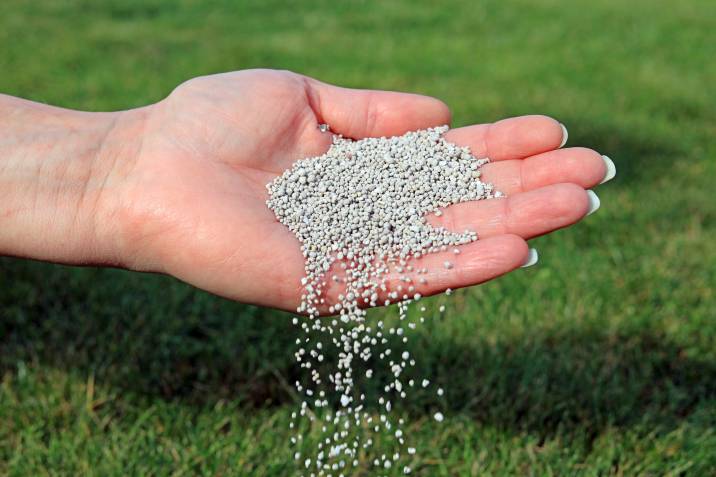
As spring arrives, we find ourselves at the most important part of the year for lawn care. You've likely seen some good lawn growth and are ready for the first cut of the year.
Start with just a small trim, with your mower on the highest cutting setting to avoid a yellow lawn look.
Mow your lawn more frequently as the weather becomes consistently warmer.
Apply fertiliser in April to encourage growth (especially in the bare patches), and sow some grass seed.
Regularly mow your lawn in May to keep things tidy. You can lower the cutting height and apply weed treatments to keep your grass looking its best.
The idea is to prepare your lawn for the summer heat at this point.
Here’s a guide to average lawn mowing costs if you prefer to hire someone to mow your lawn. |
Summer lawn care (June-August)
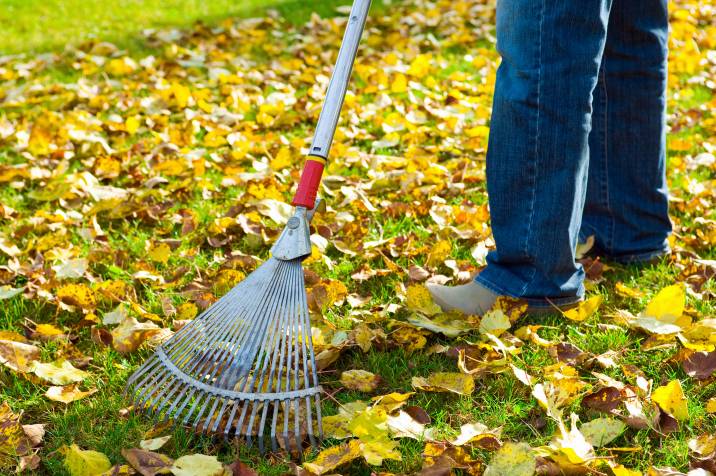
You’ll need to be extra vigilant during the summer with your lawn care.
-
June
Mow your lawn twice a week.
Apply weed killers and fertiliser.
Rake the lawn regularly to avoid weed growth.
-
July
Continue the above measures through July when you need to water your lawn regularly.
Spike the grass with a rake or aerator before watering.
Mow in the evening to reduce the risk of excessive dehydration. Fertilisers can also encourage healthy growth.
-
August
Avoid cutting your lawn too short, so it doesn't dry out and feed your lawn with more fertiliser.
Continue to water in the evenings!
Also read: Garden weeding tips |
Autumn lawn care (September-October)

September is the most important time of year when it comes to evergreen autumn lawn care. It’s vital to understand when to stop mowing your lawn in the fall (towards the end of the season as temperatures begin to get cooler).
Scarify your lawn to reduce the build-up of thatch.
Aerate to offset the heavy usage your lawn has probably experienced while it was warm.
You can give the bare patches some lawn seed, and some autumn fertiliser to keep the grass healthy going into the winter.
The growth of your lawn will begin to slow in October, and you can raise the cutting height of your mower. Apply a winter fertiliser and keep your lawn clear of any fallen leaves to avoid dampness and disease.
| Also read: How much to aerate your lawn |
Beginning of winter (November-December)
Keep mowing your lawn in early November on the highest cutting setting. Also, continue to remove fallen leaves, and avoid walking on your lawn as the early frosts fall.
Come December, your lawn care requirements will slow down as you turn your attention toward decorating the house. If you still want to potter around the garden, plant your seedlings for next year to prepare for a blossoming, healthy garden!
| You might also like: |
Keeping on top of your lawn care
Now that you have a calendar of when and what to do to ensure a healthy lawn, nothing can stop you! You can also get a little extra help from lawn care Taskers near you. From grass cutting to lawn treatment, you can get many things done on Airtasker.
FAQs on lawn care
This will depend on the time of year. Mow your lawn every week or regularly in the hotter months, when the grass is growing its fastest. You can mow your lawn less regularly (if at all) during the cooler months.
Lawn care is a year-round chore. However, winter requires the least amount of lawn care. At the end of winter, as Spring is about to set in, trimming and fertilising your lawn can ensure it is at its healthiest for the summer months.
The best time to fertilise your lawn is during spring and summer (around March to August) and a little more towards the end of autumn. You can pay less attention to your lawn in winter, but you will need to be diligent with your watering and fertilisation in the middle of summer.
Find lawn care experts, fast
Find a Lawn Care specialist
Related price guides
